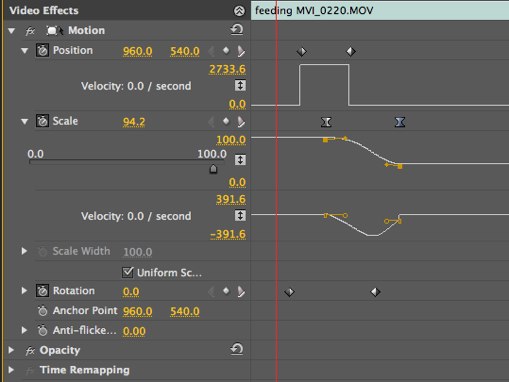
Related to the above, frame blending and speed changes (including time remapping) are accelerated. media with different alpha channel representations.

Premiere Pro CS5.5 accelerates processing for dealing with the following kinds of characteristics of mismatched media: Premiere Pro CS5.5 accelerates many more of these kinds of processes than did Premiere Pro CS5. There’s a lot of processing that goes on behind the scenes when you’re bringing media of various types, sizes, frame rates, pixel aspect ratios, and so on into a sequence. I’m talking about various aspects of media preparation and footage interpretation. One category of accelerated processes is very important but not really obvious in the user interface, as the accelerated effects are. (They’re denoted by the M at the end of the card number.) You’ll notice that there are a lot more cards for laptops now.

For a complete list, not just the list of changes in this version, see this page. Below is a list of the cards added in this version. We’ve added many graphics cards to the list of cards that provide the CUDA processing features in Adobe Premiere Pro CS5.5. That’s not a CUDA-specific thing I just thought that I’d call it out since this is the first time that I’ve had a chance to describe the effect.

In simple terms, that means that it blends in a more realistic way basically, dissolves look the way that they should. It’s a dissolve transition that blends in a linear color space (gamma = 1.0). The Film Dissolve transition is new in Premiere Pro CS5.5. We have a few more effects and transitions that are accelerated by CUDA: OK, so now that you’ve gone and read about CUDA processing in Premiere Pro CS5, let’s move onto what’s new in Premiere Pro CS5.5.

Before you read this post about what’s new and changed regarding CUDA processing in Adobe Premiere Pro CS5.5, I recommend that you read this post about what CUDA is and what the Mercury Playback Engine is for Adobe Premiere Pro CS5.


 0 kommentar(er)
0 kommentar(er)
